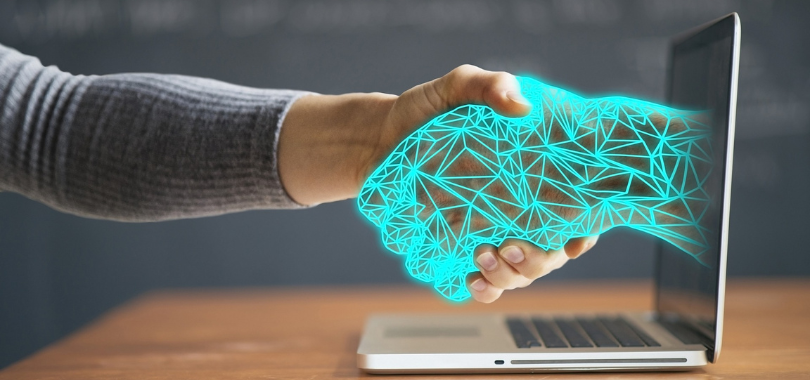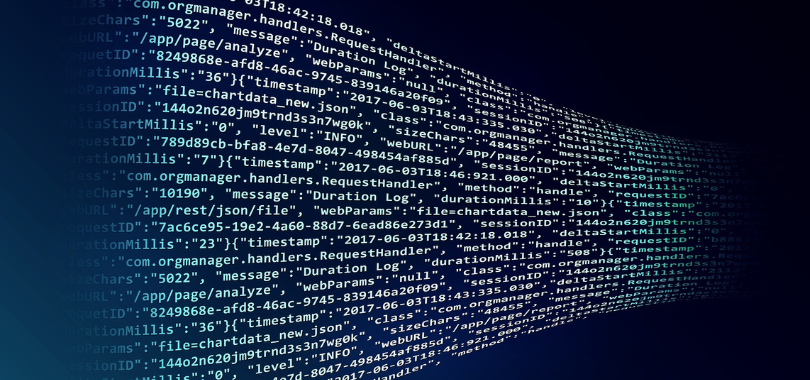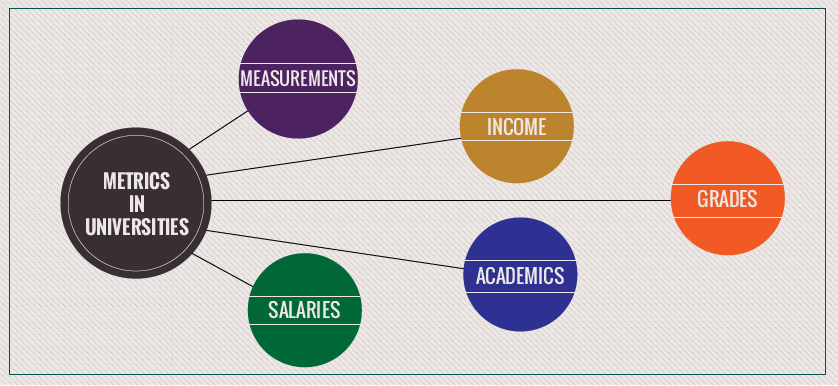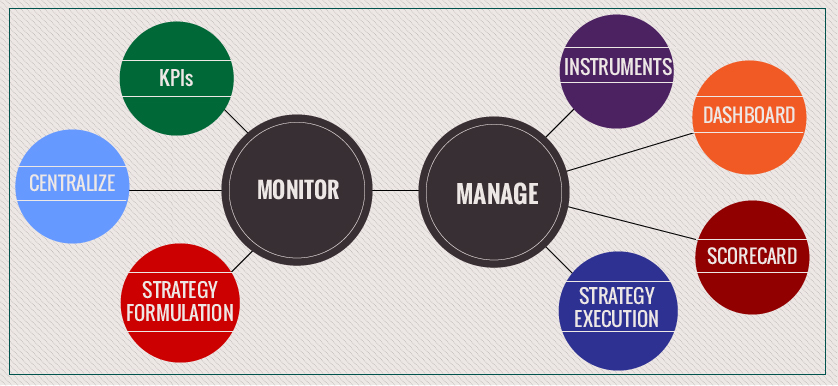How businesses make use of disruptive innovation to adapt to change

Image Source: kiquebg | Pixabay
Attending to the need to differentiate between the various types of innovation paves the way to measure and manage them better toward achieving higher returns. Disruptive innovation, as one of a kind, often starts in low-end or emerging markets. In terms of low-end footholds, low-end customers are offered a service or a product that would better meet their needs than what they currently have. When it comes to new market footholds, a market is offered a service or a product that does not already exist to gain customers and a market share.
When first launched in San Francisco, Uber did not fall under the category of disruptive innovation because it offered a similar service to lower-end customers, who were already used to making bookings for rides.
However, I believe that Uber had a disruptive innovation because when it offered its services, it did not just provide taxi services where people could book a ride. It also allowed regular citizens to use its cars once they met the company’s standards. At the same time, Uber provided customers with an application to track the history of their bookings and current rides and let them know in advance how much it would cost and how much it would cost if they chose a different option.
We need to know exactly what Uber started with while providing its services to determine whether these were the ones that low-end customers wanted and which of them were not available at that time. Also, we may argue that the process was part of sustaining innovation because that type of service was handled later.
The shift in markets between low-end and unserved customers and mainstream markets is important to consider when addressing innovation since it links to your risk tolerance and ability to address challenges in more agile or rigid ways. Mainstream markets require agility, high-risk tolerance, adaptability, resilience, and confidence that what we offer meets the needed added value.
The article then links disruptive innovation with process innovation that keeps developing and also with collecting and understanding customer needs to provide them with what suits them the best. This takes us back to the service-dominant logic where all this has originated, since co-creating value with customers and considering them as the main part of what you can or will offer in the market will be the key to success at any time.
I believe that we do not know what our customers need. We may guess and think we are smart because now we track all they do and, accordingly, using AI algorithms, can predict and understand what they need. However, this does not mean we should neglect their real presence in the value chain. That’s why I think innovation is being targeted as a separate domain where we are giving it a separate and unique focus. Nevertheless, innovation should be referred to along with all the other shifts we have had in the world, where it can be a trigger, catalyst, or driver for a more sustaining, successful, and powerful shift (Clayton M. Christensen, Michael Raynor, and Rory McDonald, 2015). I have reached the conclusion that the full theory of disruptive innovation should only be applied when certain conditions are met.

Image Source: Reto Scheiwiller | Pixabay
In my opinion, discussing certain conditions for applying the complete theory of disruptive innovation leads us to the ecosystem in which we all live. This is where many layers surround us and many stakeholders are interested in and affected by what we do. Similarly, such an ecosystem is heavily influenced by megatrends (as described by the EFQM ecosystem) that impact everything around us, such as the SDGs, sharing economy, and disruptive technologies, to name but a few. The megatrends are triggered by global shifts, nature, and climate change, shifts in the industrial revolution, and shifts caused by the outbreak of coronavirus, among others. Theories have been established per certain circumstances and with certain megatrends affecting a smaller world (smaller in a way where we have less population, less technology, fewer changes, and fewer needs). However, such theories, including disruptive technology, should be re-examined in order to adapt them to the new environment, where they might serve as the foundation or baseline for new changes, shifts, and transformations (Andrew A. King and Balhir Baatartogtokh, 2015).
Car sharing, smart cars, electric cars, and autonomous cars are all emerging trends in the automotive industry. These businesses quickly respond to customer demands and take advantage of opportunities that will increase in value over time while also carrying a high-risk tolerance. Automakers currently pursue these strategies to learn from Nokia, which has failed to recognize how quickly the world is changing and how important it is for us to be flexible, responsive, and, in many cases, ahead of others to lead the market.
Ford, in my opinion, is still trying to keep its core business of manufacturing cars while also understanding the market in a way that allows the company to be seen as either a leader or a follower, depending on how it responds to changes and shifts. Leaders are those who use benchmarking to set themselves apart from the pack.
So, for each of the above-listed shifts or transformations in the automotive industry and car usage behaviors, depending on different generations and their needs, it seems that businesses try to benchmark what they need to adapt to with other industries by understanding what the latter has done to adjust to changes and shifts, what innovations they have created, how customers have perceived these innovations, and how they have changed their behavior or accepted new lifestyles.
Accordingly, Ford has decided to continue with its main business of making and selling cars while simultaneously introducing new and additional services to adapt to, follow, and steer the changes in the automotive industry. That leads to a trend towards the usage of automobiles as a service, similar to SAAS (software as a service): Customers utilize cars as a service rather than a product, depending on their needs. This is how Ford has used disruptive innovation, which was mainly based on learning, analyzing, and continuous process of generating value and innovations (Ernest Gundling, 2018).





